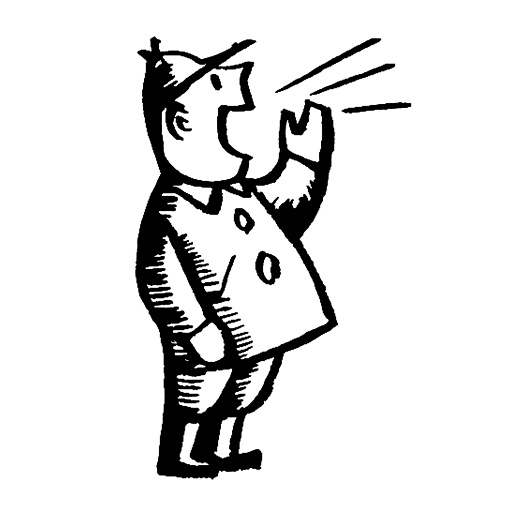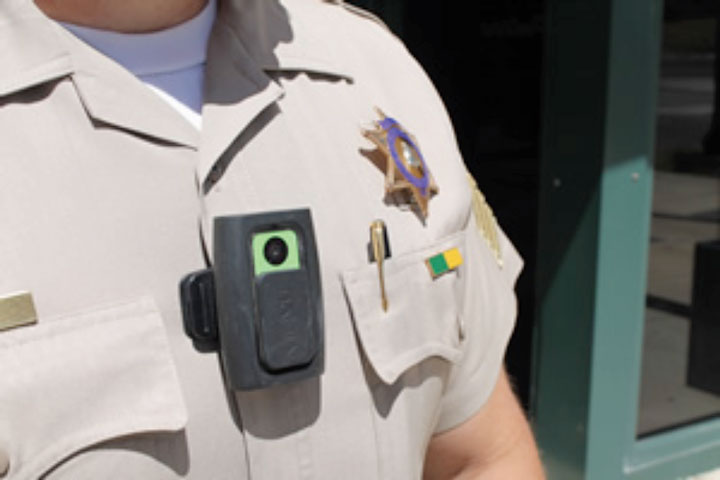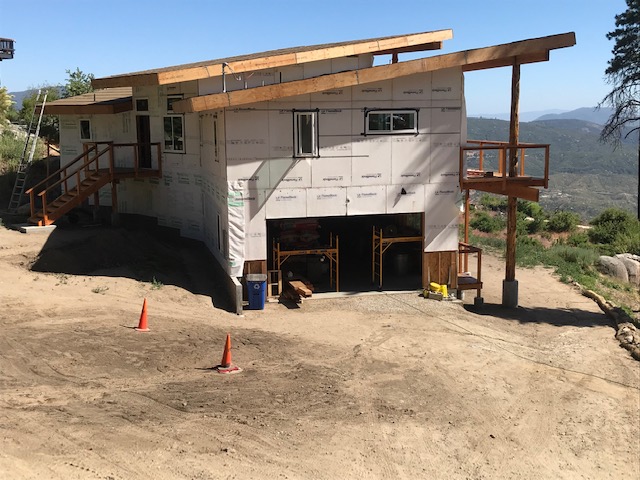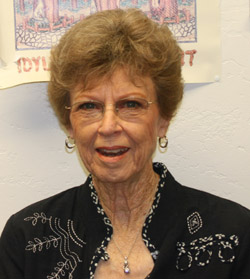Living in or near a national forest or just forested land can create concerns about the danger of wildfires. State and federal fire leaders have for years used “prescribed” or “controlled” burns to reduce or mitigate the threat of potentially damaging wildfires.
However, the efficacy of prescribed burns is not unlimited.
First, they are difficult to start and of limited effectiveness if the vegetation is too wet. Second, if the weather is too hot or especially too windy, there is danger that the fire might spread beyond its scope.
Thus, the three major ingredients of weather — temperature, wind and moisture — are the same three conditions that improve or diminish when a prescribed burn will be most effective. For scientists and academics, that now raises the question of how climate change might influence using or the frequency of prescribed burns in the future.
Recently, a research paper has been published that addresses this topic. Over the next several decades the number of days with ideal weather conditions for igniting a prescribed burn will decrease.
Daniel Swain, climate scientist at the Institute of the Environment and Sustainability at the University of California, Los Angeles, and several colleagues did the research and wrote the article, “Climate change is narrowing and shifting prescribed fire windows in the western United States.”
Their purpose was to assess “the potential for climate change to shift the suitability of environmental conditions — weather, climate, vegetative and moisture conditions ‚ for prescribed fire in the United States,” Swain said at the beginning of his latest YouTube video.
They reviewed several dozen burn plans to determine what conditions are best for conducting prescribed burns. These plans were prepared and executed by a number of agencies, including the U.S. Forest Service, National Park Service and The Nature Conservancy.
Swain and his colleagues, several of whom have been on-the-ground involved in prescribed burns, view these actions as important risk management tools. They also acknowledge the risk of prescribed fires getting out of control and causing damage and destruction.
In 2022, the Hermits Peak and Calf Canyon fires joined to form the largest and most destructive fire in New Mexico. More than 340,000 acres burned. Unfortunately, both started as fire protection actions. The Hermits Peak Fire was a prescribed fire and the Calf Canyon Fire grew from a winter pile burn that was not thoroughly extinguished.
But Swain emphasized that fewer than 1% of planned fires escape their boundaries and agencies have “a very good track record.” He stressed, “The risk benefit of prescribed fires reduces the risk of extreme destruction from wildfires.”
The goal of prescribed burns is to eliminate dangerous brush and understory vegetation, which if left untended, could accelerate or intensify an actual wildfire. Controlling its intensity is the key to managing the prescribed burn.
“It can’t be too hot, dry or windy for a safe prescribed burn, but it also can’t be too cool or damp if the prescribed burn is useful,” Swain said.
Based on their analysis of the burn plans, the group determined that about 30 days per year are ideal for prescribed burns. In some areas of the country, as many as 70 to 80 days per year are ideal. And in most areas, their models have found some days that meet the environmental conditions in every season.
Environmental and meteorologist scientists now expect global temperatures to increase about 3.8 degrees Fahrenheit over the next four decades.
This will result in “a significant decrease in the number of days favorable or acceptable for prescribed burns,” Swain said.
And the decrease in the number of days is greater south of the 40th parallel. This includes all of Southern California. He noted that in Southern California along the coast are “very large declines in highly populated areas prone to wildfires.”
The projected decrease in good days for prescribed burns is geographically widespread in summer and spring, from the Pacific Coast to the Rocky Mountain Front Range. But in winter, the result is strikingly different from those in other seasons.
Decreases in prescribed burn days are confined to the southernmost part of the region, including Southern California, far southern Nevada, Arizona and New Mexico.
The authors then suggested “expanded windows of opportunity to use prescribed fire effectively and safely may well emerge at a time of year when such burns have, for the most part, been far less common across the West.” This is a possible need for more year-round firefighting than the current pattern of larger summer staffing.
The paper’s conclusion was that prescribed burns are valuable and important tools. Since the number of opportunities will decline, agencies will have to become more flexible. One step might be greater use of year-round burning, which may require more staff, normally reduced in winter.






